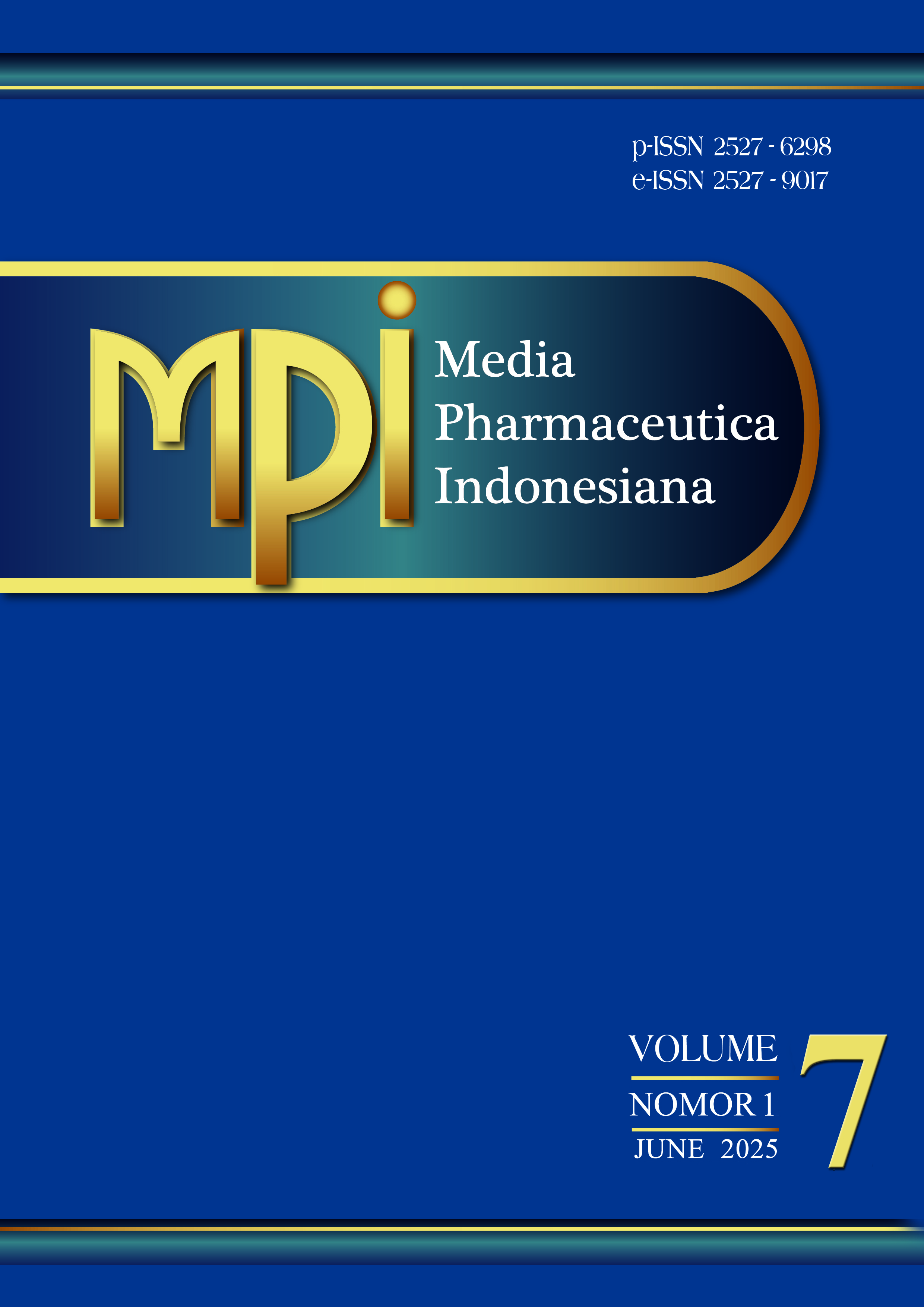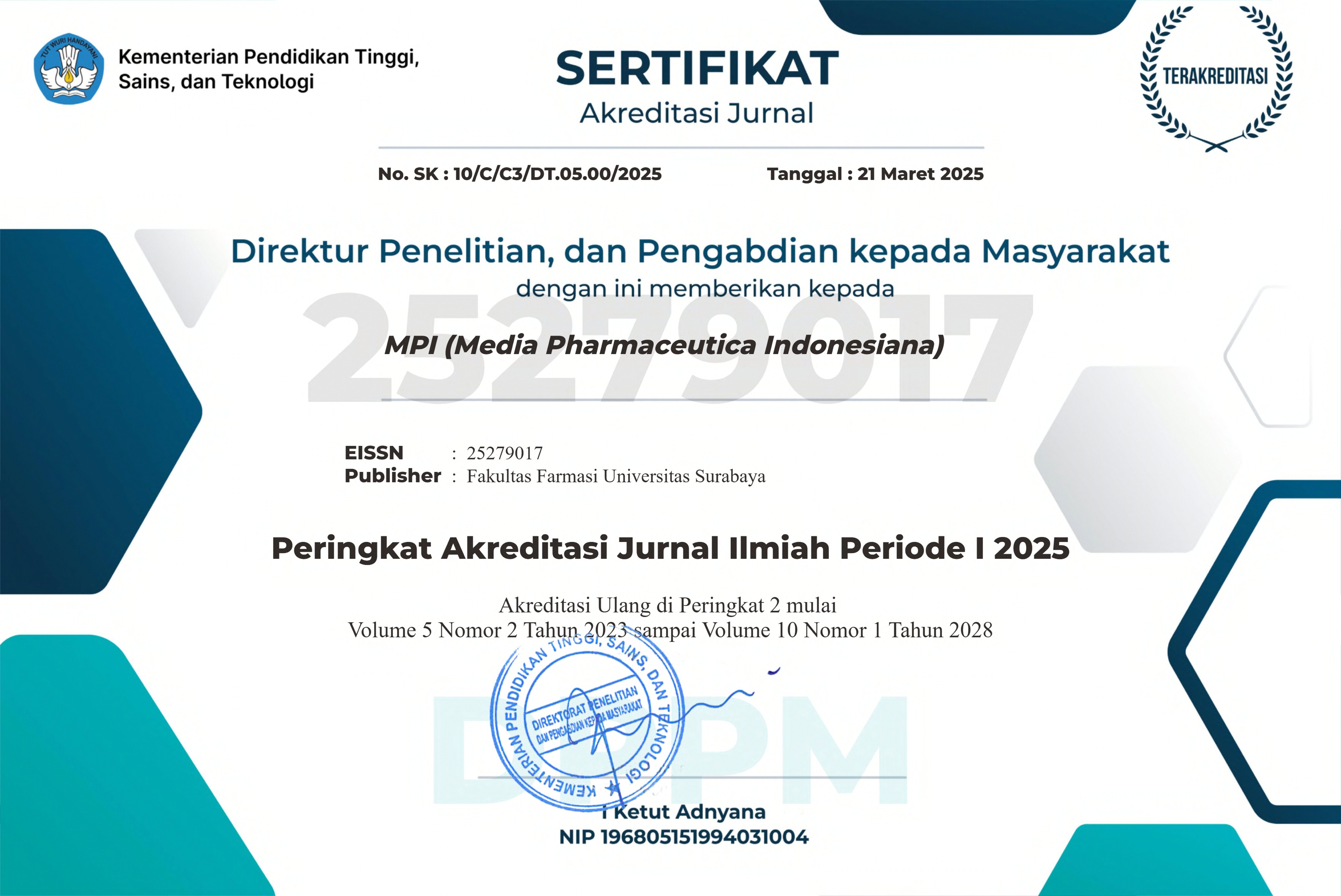Unraveling The Nephroprotective Potential of Curcuma zedoaria Against Chronic Kidney Disease: A Network Pharmacology Approach
 Abstract Views:
271 times
Abstract Views:
271 times
 PDF Downloads:
132 times
PDF Downloads:
132 times
Abstract
Chronic kidney disease (CKD) remains a major global health concern with limited treatment options. Curcuma zedoaria , a traditional medicinal plant, has shown potential in managing inflammatory and oxidative stress-related conditions. This study aimed to explore its nephroprotective mechanisms through a network pharmacology approach. A total of 12 bioactive compounds were identified from C. zedoaria and screened for drug-likeness. SwissTargetPrediction revealed multiple molecular targets, with curdione, dehydrocurdione, and curcumin showing the highest connectivity. Integration with CKD-associated genes from GeneCards and GSE66494 datasets yielded 241 common targets. Using Cytoscape, a compound–target–disease network was constructed, highlighting key biological processes such as inflammation, apoptosis, and fibrosis. PPI analysis identified top hub proteins including HSP90AA1, STAT3, SRC, AKT1, MAPK1, and MAPK3. Functional enrichment via GO and KEGG pathways revealed significant involvement of EGFR tyrosine kinase inhibitor resistance and HIF-1 signaling pathways. These findings suggest that C. zedoaria exerts protective effects through a multitarget mechanism modulating critical pathways in CKD progression. This study provides a theoretical basis for further experimental validation and supports the potential use of C. zedoaria as a complementary therapy in CKD management.
Submitted: 21-05-2025, Revised: 15-06-2025, Accepted: 17-06-2025, Published regularly: June 2025
Downloads

This work is licensed under a Creative Commons Attribution-ShareAlike 4.0 International License.
Articles published in MPI are licensed under a Creative Commons Attribution-ShareAlike 4.0 International (CC BY-SA) license. You are free to copy, transform, or redistribute articles for any lawful purpose in any medium, provided you give appropriate credit to the original author(s) and MPI, link to the license, indicate if changes were made, and redistribute any derivative work under the same license.
Copyright on articles is retained by the respective author(s), without restrictions. A non-exclusive license is granted to MPI to publish the article and identify itself as its original publisher, along with the commercial right to include the article in a hardcopy issue for sale to libraries and individuals.
By publishing in MPI, authors grant any third party the right to use their article to the extent provided by the CC BY-SA license.

 DOI:
DOI:










